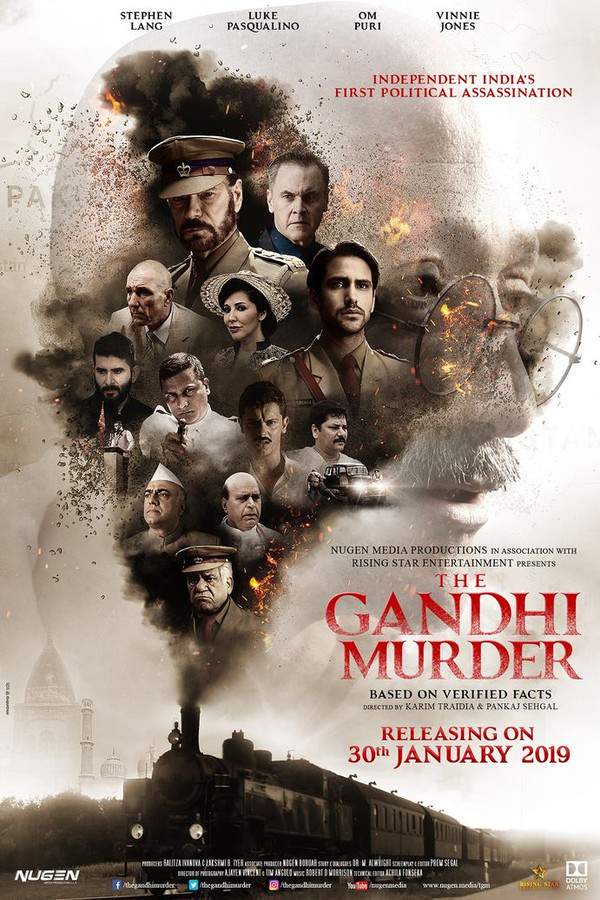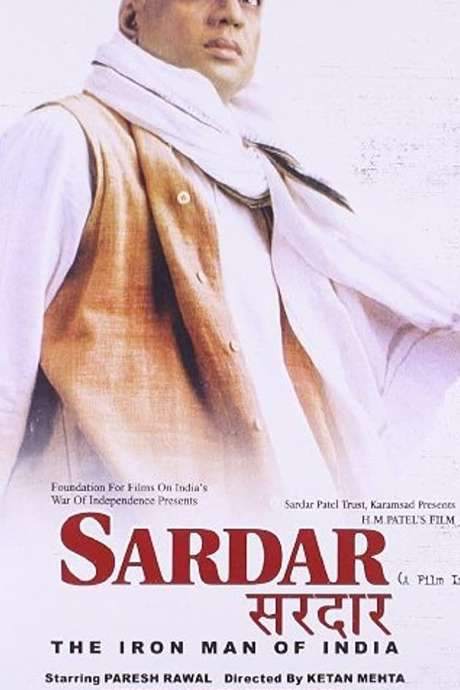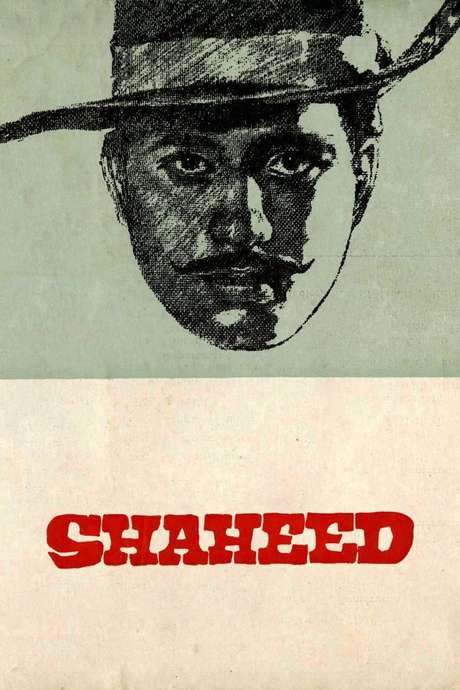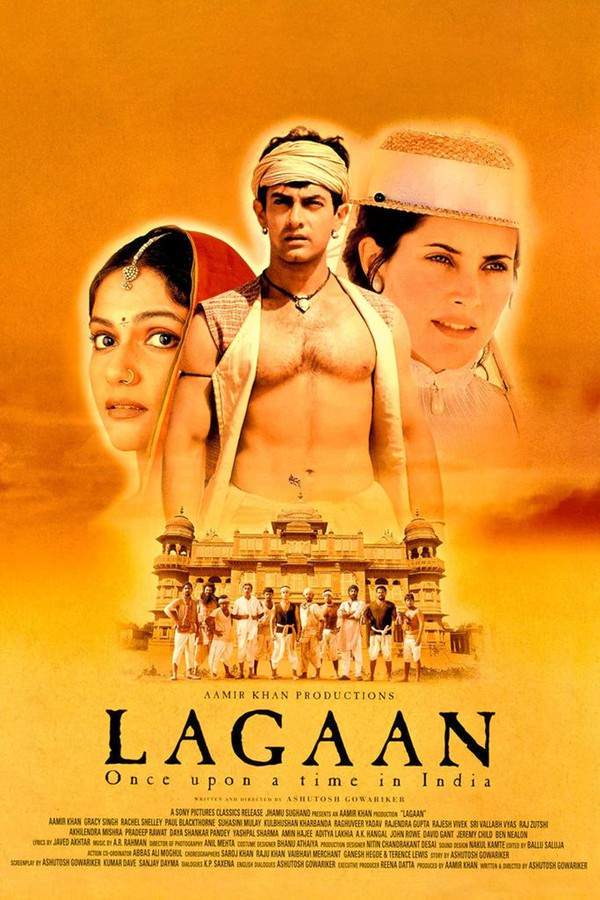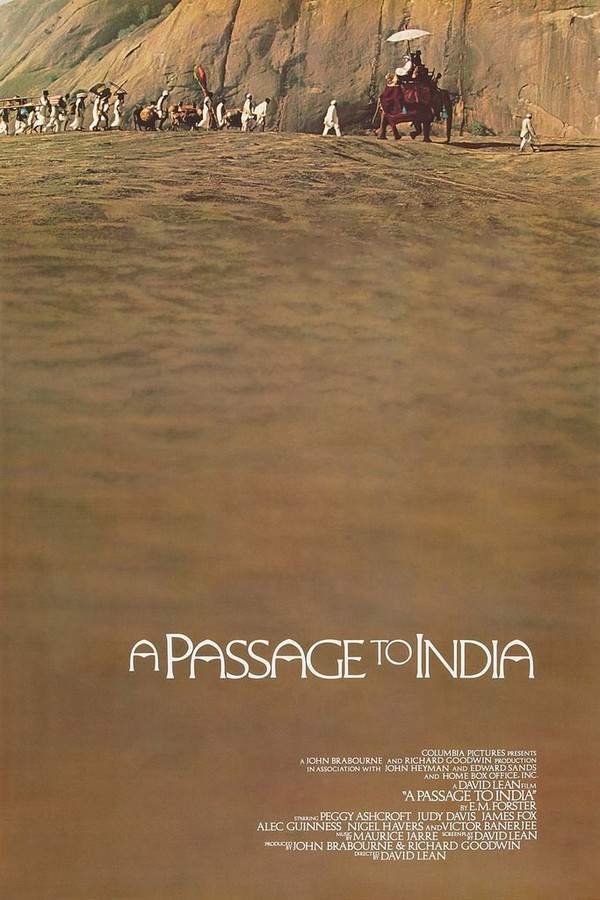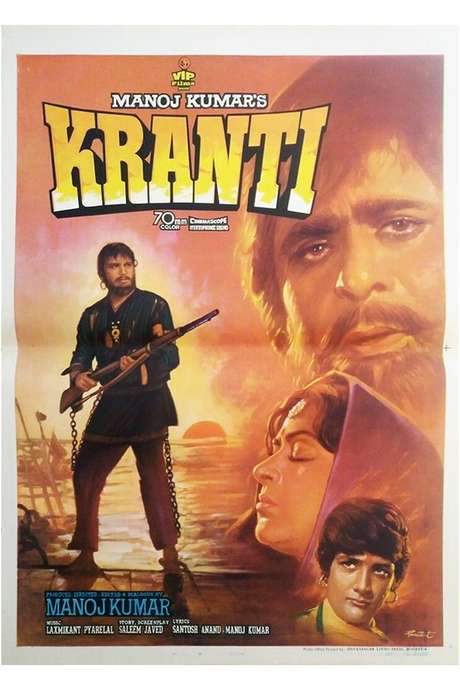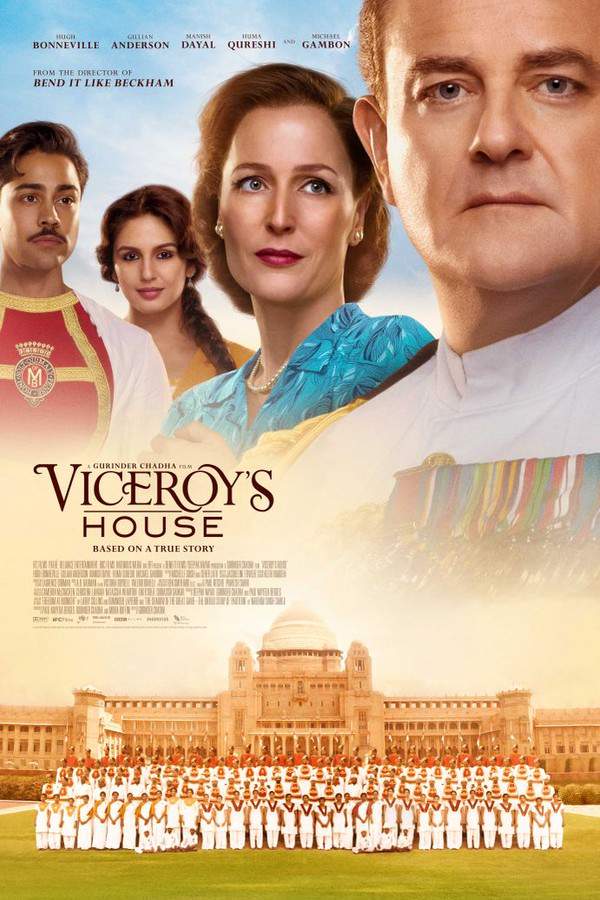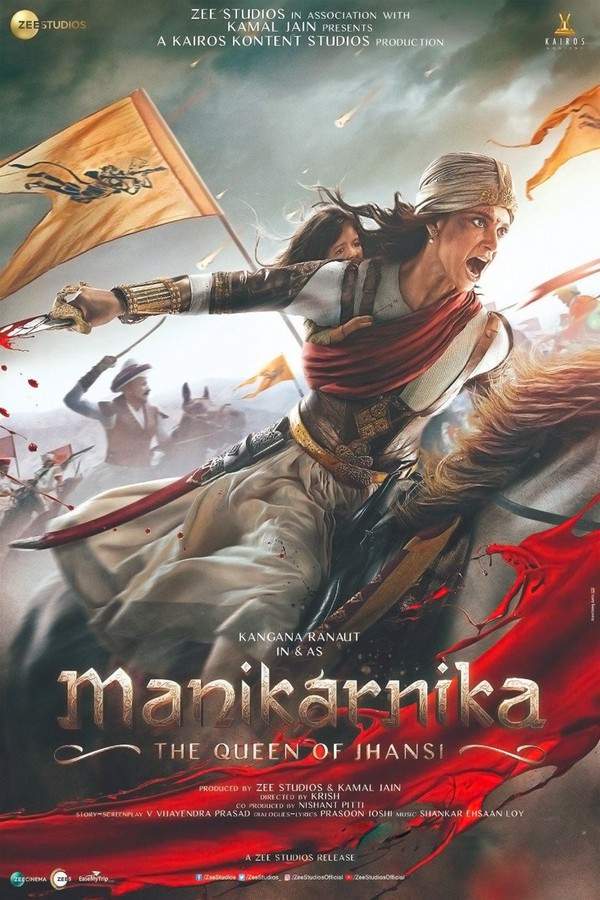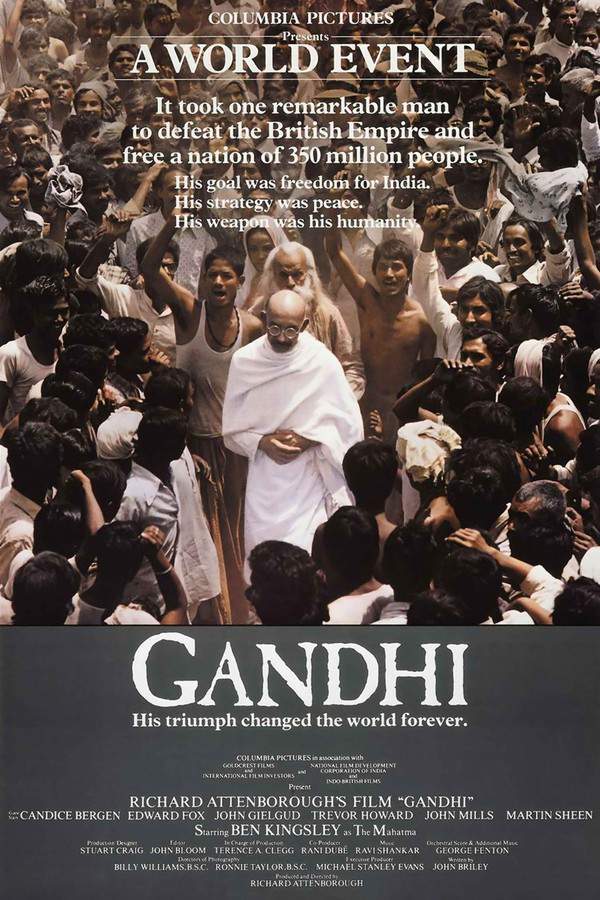
Gandhi
Year: 1983
Runtime: 191 min
Language: English
Director: Richard Attenborough
This biographical drama portrays the remarkable life of Mohandas Gandhi and his unwavering commitment to nonviolent resistance against British colonial rule. Initially facing doubt and opposition from officials like Lord Irwin, Gandhi's persistent and courageous actions inspire a movement that captures global attention and propels India towards its independence. The film explores his philosophy and the significant impact he had on a nation's struggle for freedom.
Warning: spoilers below!
Haven’t seen Gandhi yet? This summary contains major spoilers. Bookmark the page, watch the movie, and come back for the full breakdown. If you're ready, scroll on and relive the story!
Timeline – Gandhi (1983)
Trace every key event in Gandhi (1983) with our detailed, chronological timeline. Perfect for unpacking nonlinear stories, spotting hidden connections, and understanding how each scene builds toward the film’s climax. Whether you're revisiting or decoding for the first time, this timeline gives you the full picture.
Last Updated: May 26, 2025 at 22:02
Unlock the Full Story of Gandhi
Don't stop at just watching — explore Gandhi in full detail. From the complete plot summary and scene-by-scene timeline to character breakdowns, thematic analysis, and a deep dive into the ending — every page helps you truly understand what Gandhi is all about. Plus, discover what's next after the movie.
Gandhi Summary
Read a complete plot summary of Gandhi, including all key story points, character arcs, and turning points. This in-depth recap is ideal for understanding the narrative structure or reviewing what happened in the movie.

Characters, Settings & Themes in Gandhi
Discover the characters, locations, and core themes that shape Gandhi. Get insights into symbolic elements, setting significance, and deeper narrative meaning — ideal for thematic analysis and movie breakdowns.

Similar Movies to Gandhi
Discover movies like Gandhi that share similar genres, themes, and storytelling elements. Whether you’re drawn to the atmosphere, character arcs, or plot structure, these curated recommendations will help you explore more films you’ll love.
Explore More About Movie Gandhi
Gandhi (1983) Plot Summary & Movie Recap
Gandhi (1983) Scene-by-Scene Movie Timeline
Gandhi (1983) Spoiler-Free Summary & Key Flow
Movies Like Gandhi – Similar Titles You’ll Enjoy
Gandhi, My Father (2007) Complete Plot Breakdown
The Gandhi Murder (2019) Full Movie Breakdown
The Making of the Mahatma (1996) Story Summary & Characters
The Legend of Bhagat Singh (2002) Movie Recap & Themes
Gandhi Godse Ek Yudh (2023) Detailed Story Recap
Sardar (1993) Spoiler-Packed Plot Recap
Shaheed (1965) Movie Recap & Themes
Lagaan: Once Upon a Time in India (2002) Plot Summary & Ending Explained
Nine Hours to Rama (1963) Detailed Story Recap
A Passage to India (1985) Film Overview & Timeline
Kranti (1981) Story Summary & Characters
Hey Ram (2000) Film Overview & Timeline
Viceroy's House (2017) Spoiler-Packed Plot Recap
Maine Gandhi Ko Nahin Mara (2005) Movie Recap & Themes
Manikarnika: The Queen of Jhansi (2019) Detailed Story Recap




